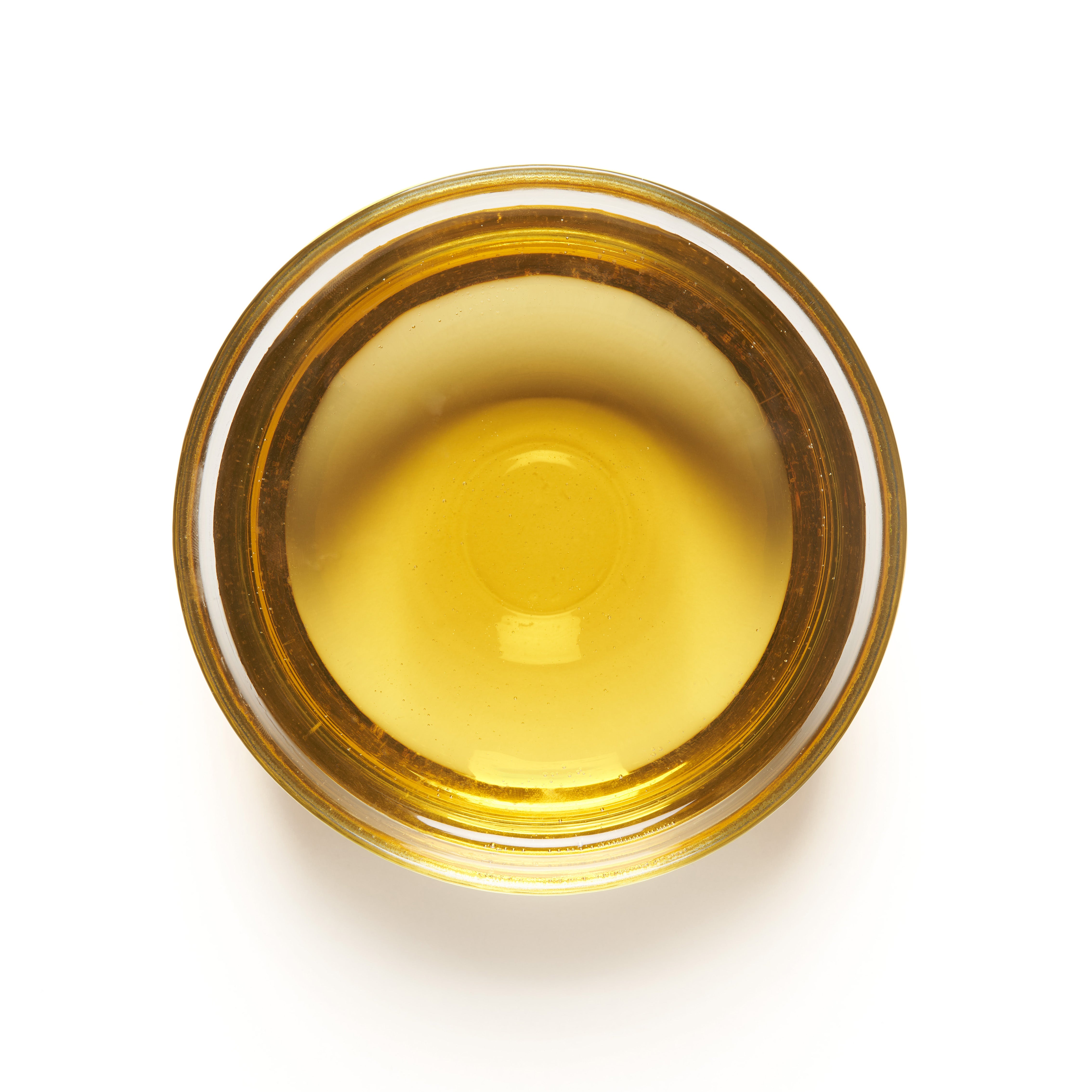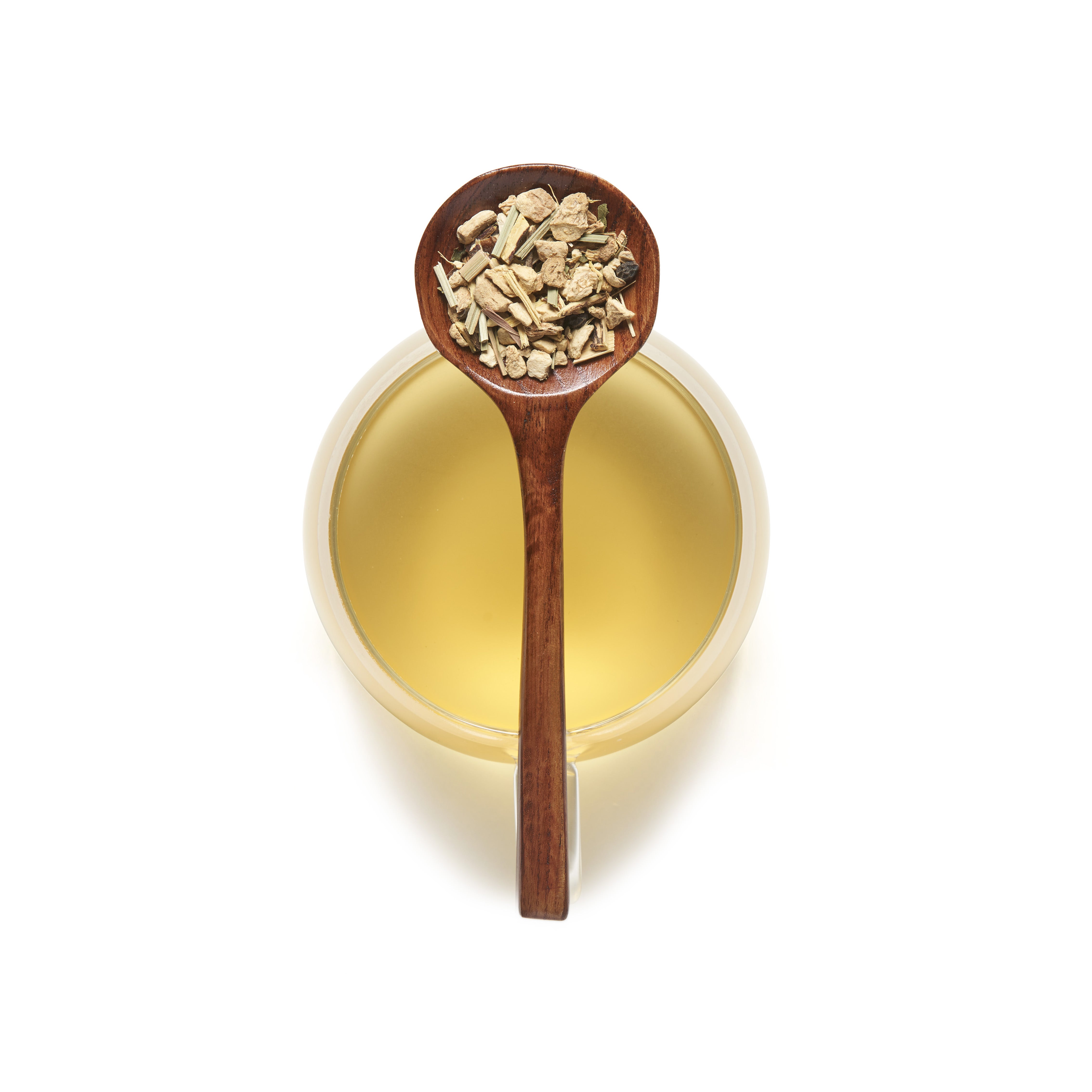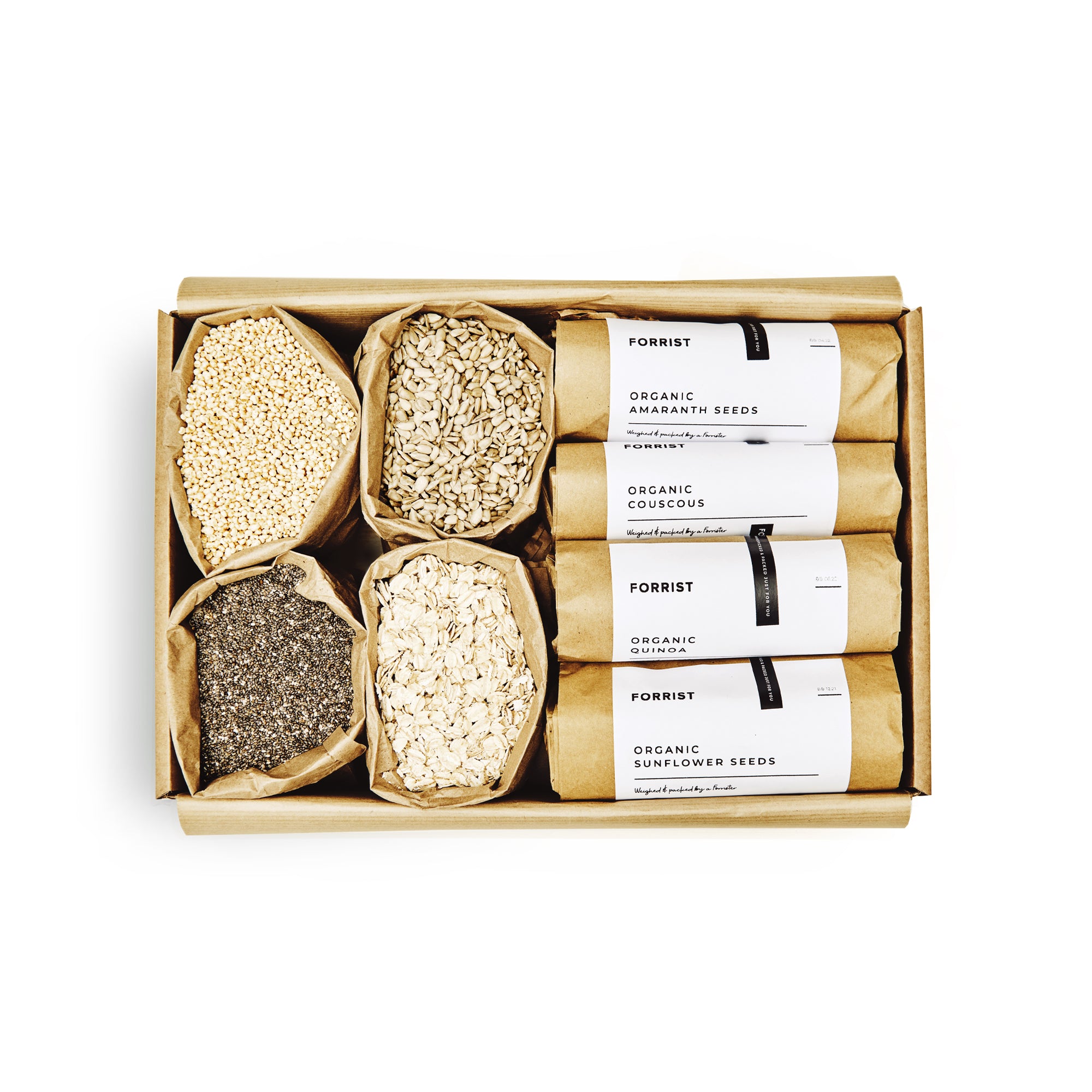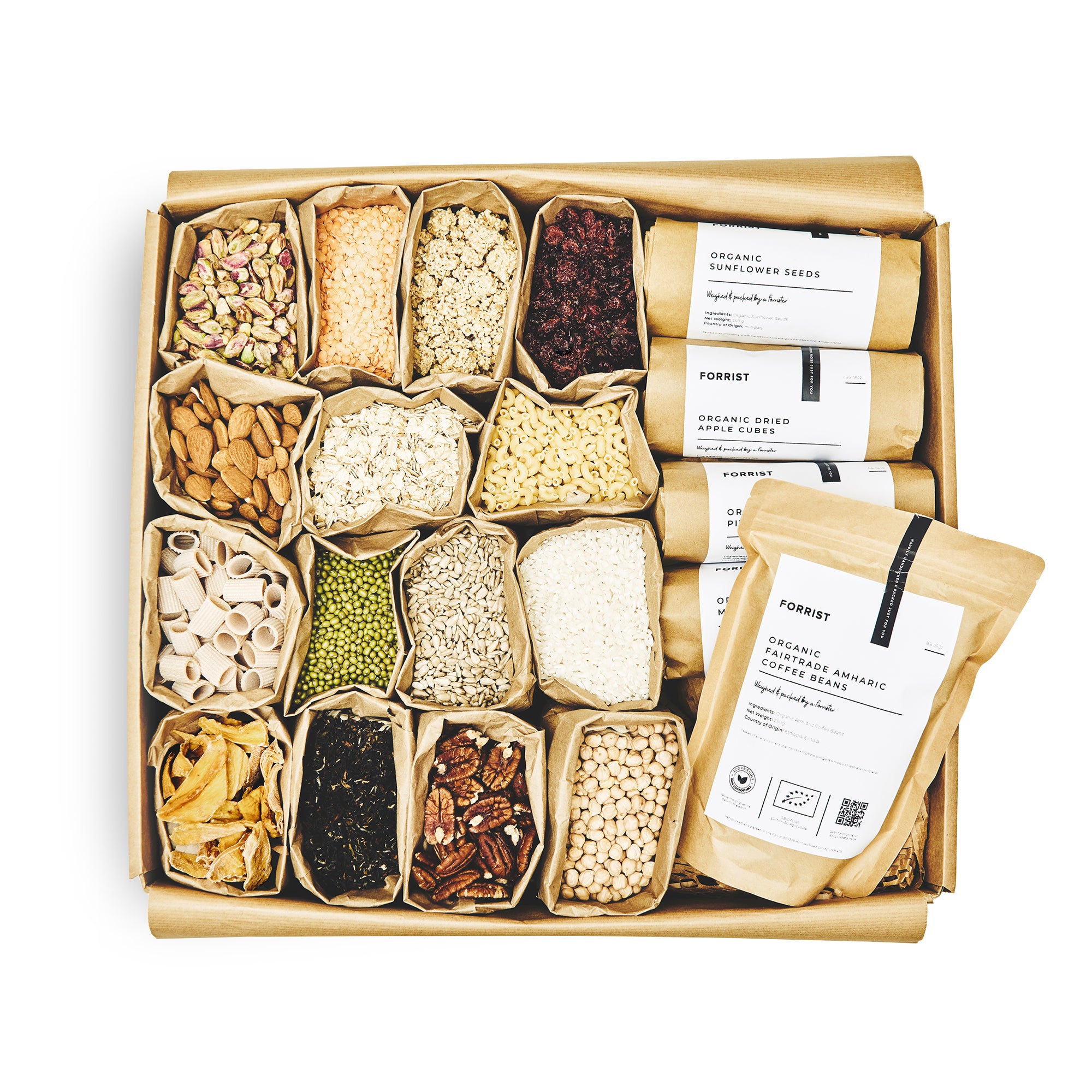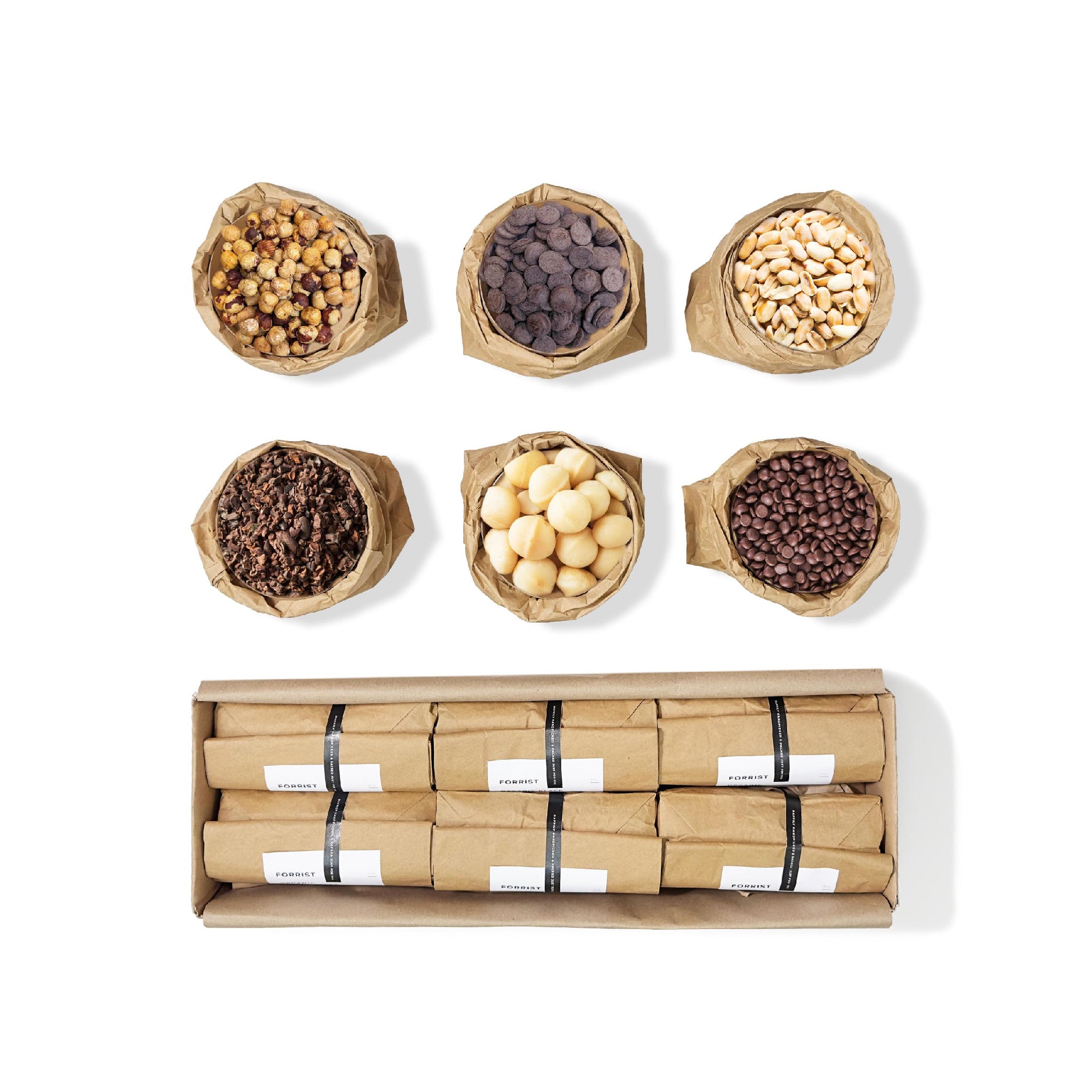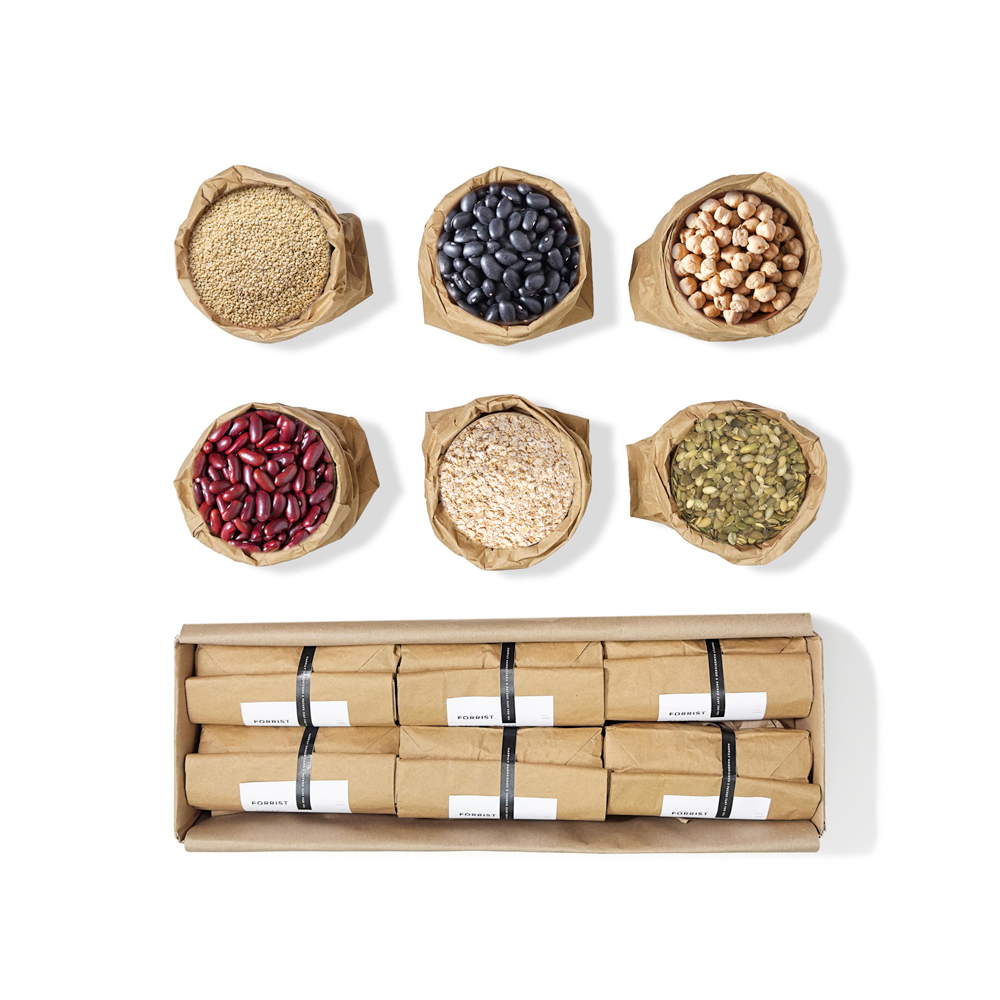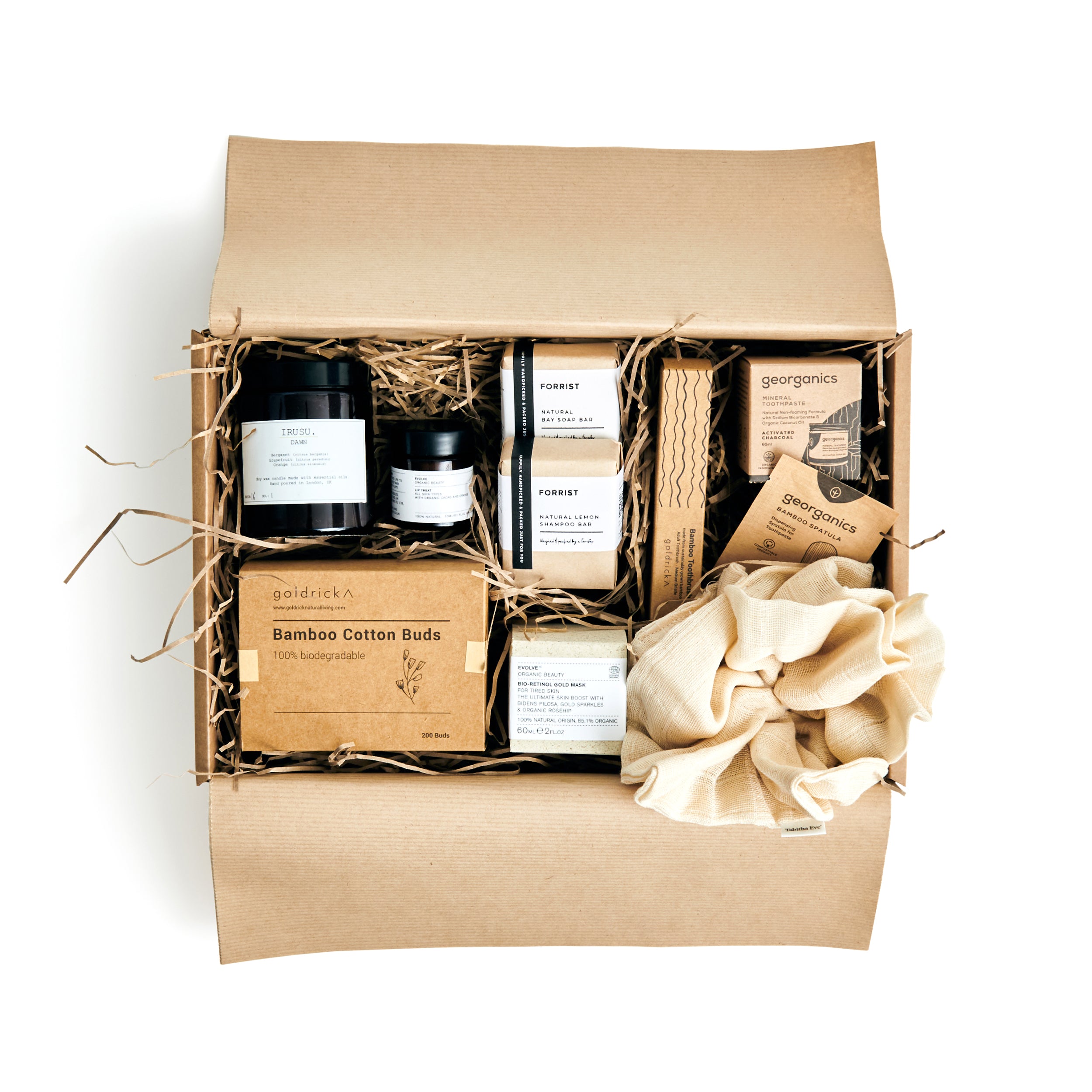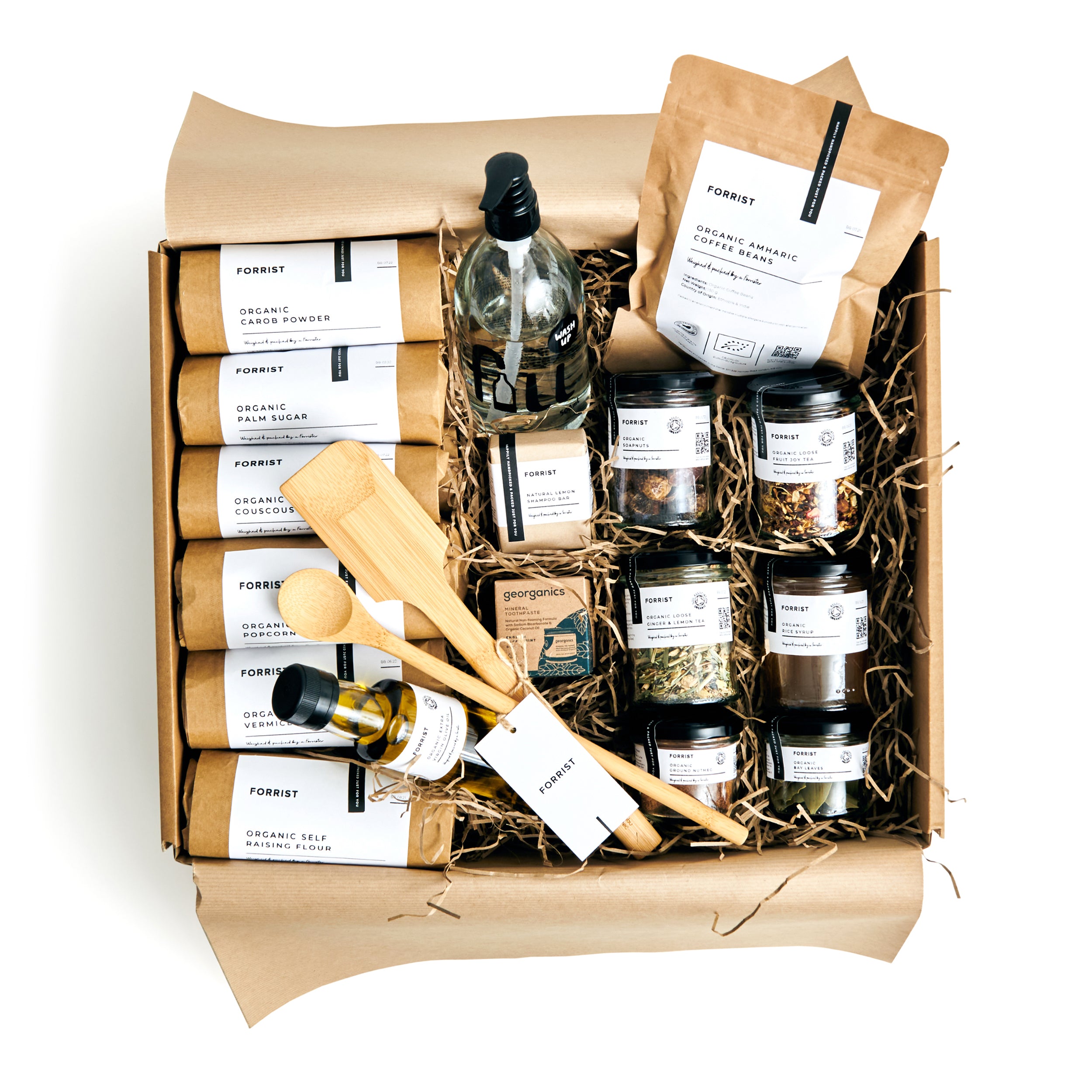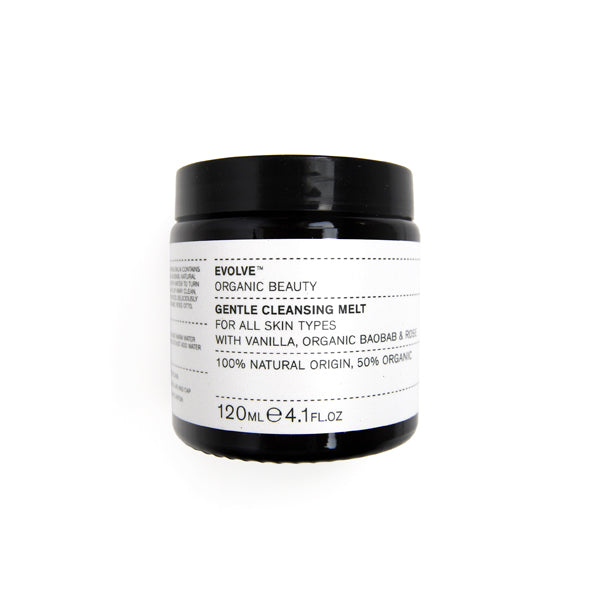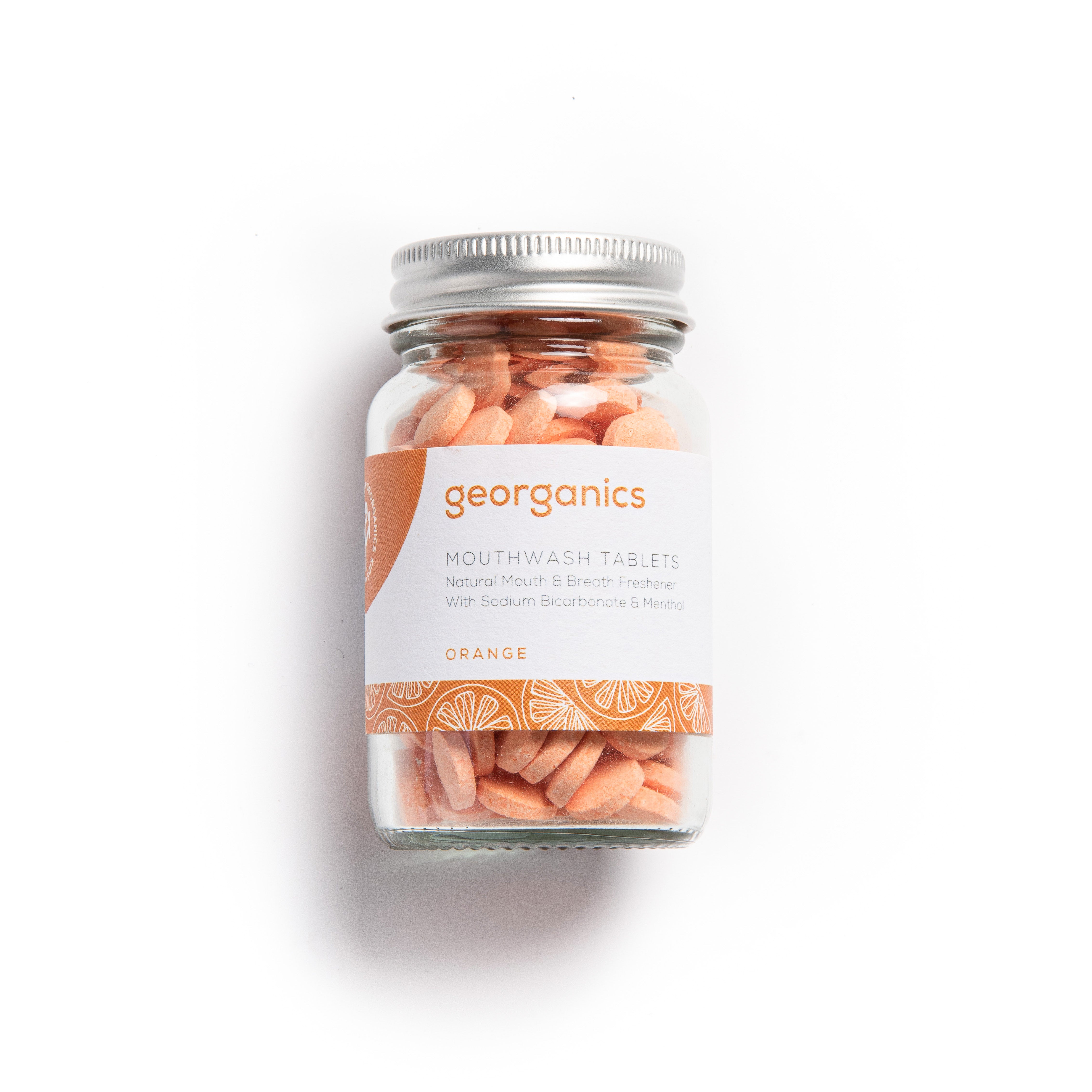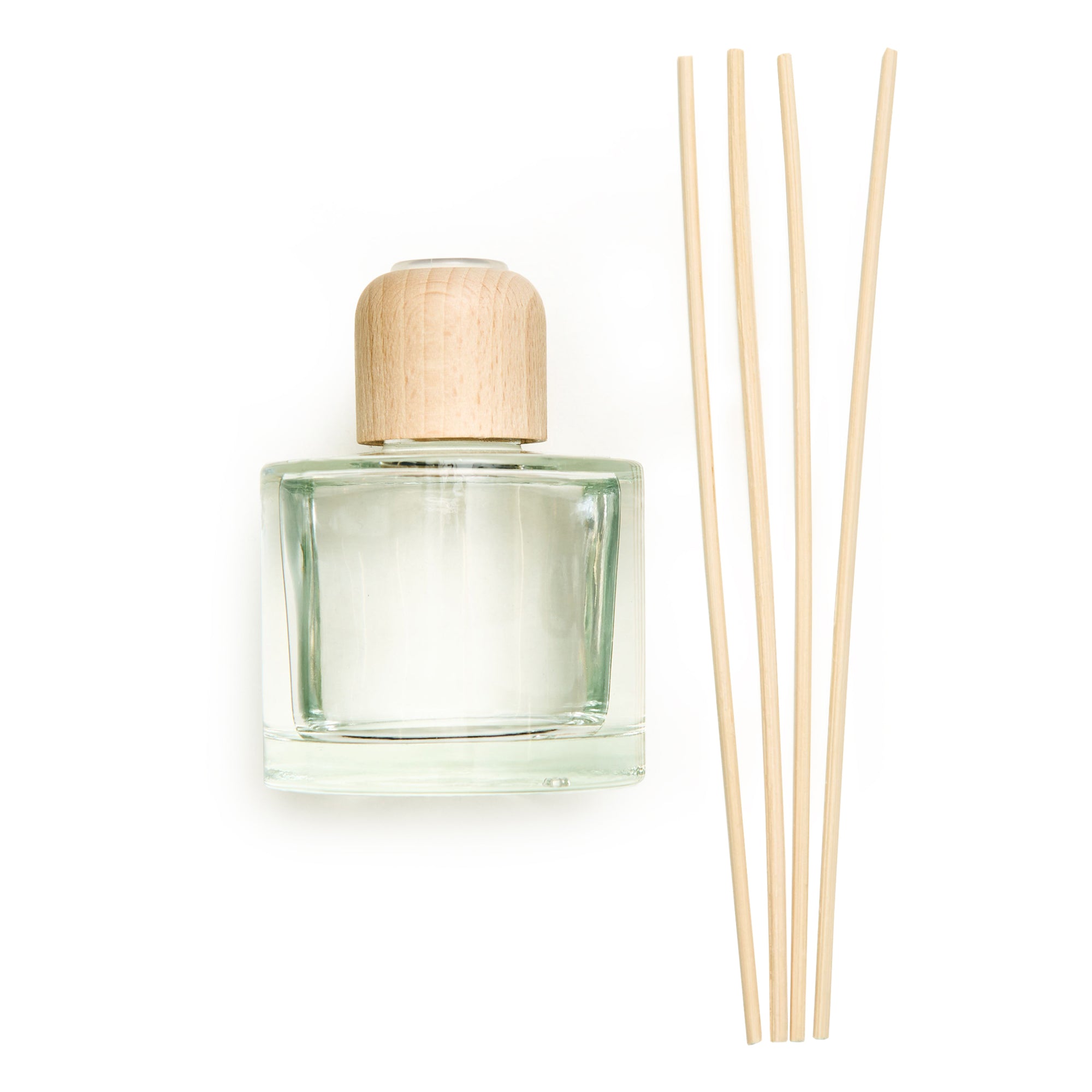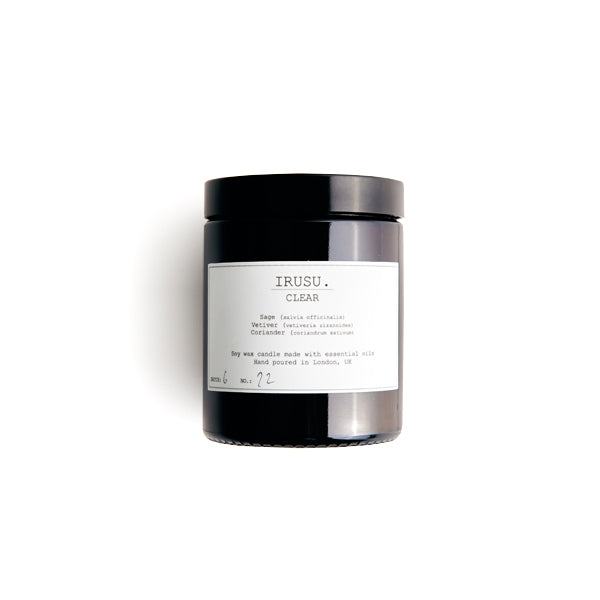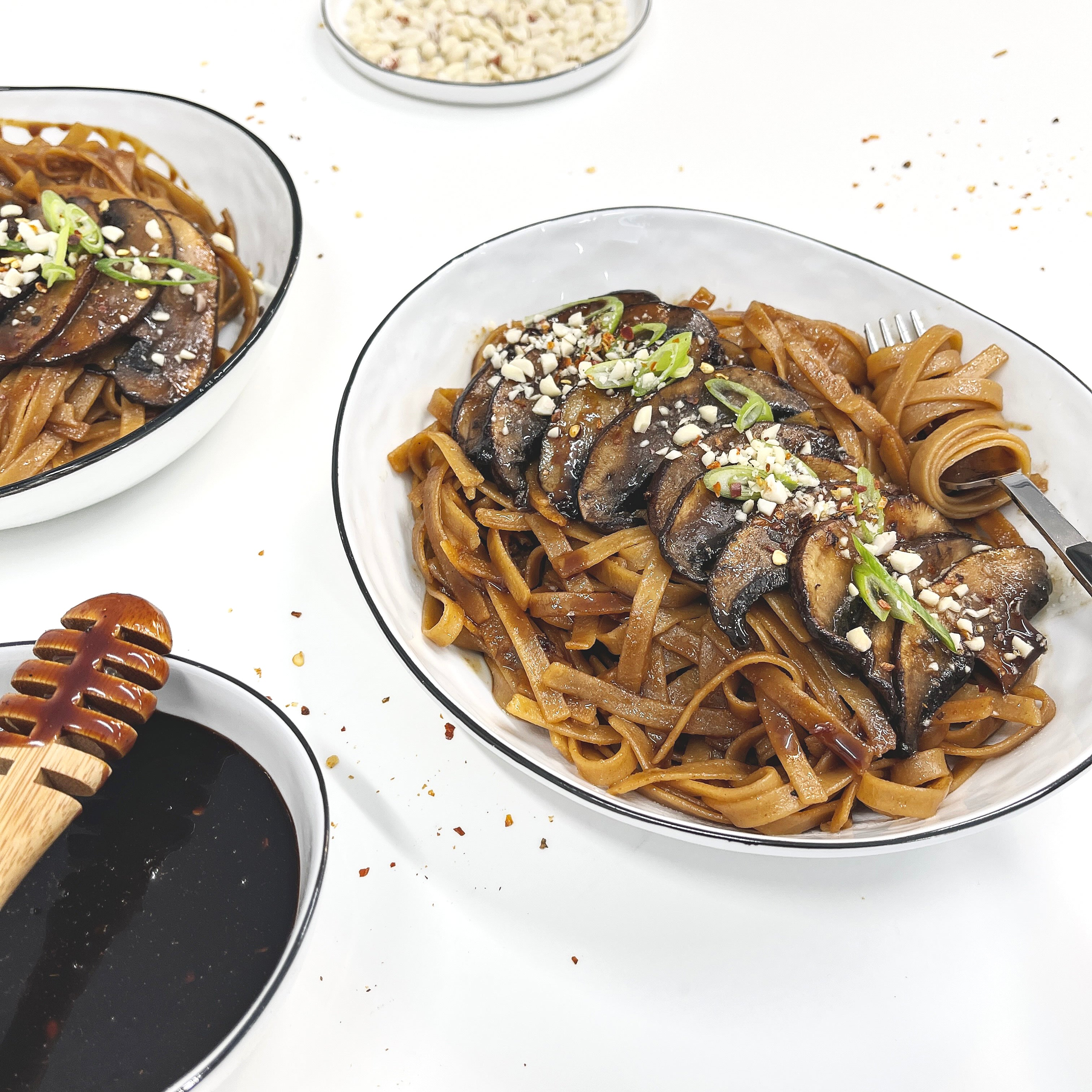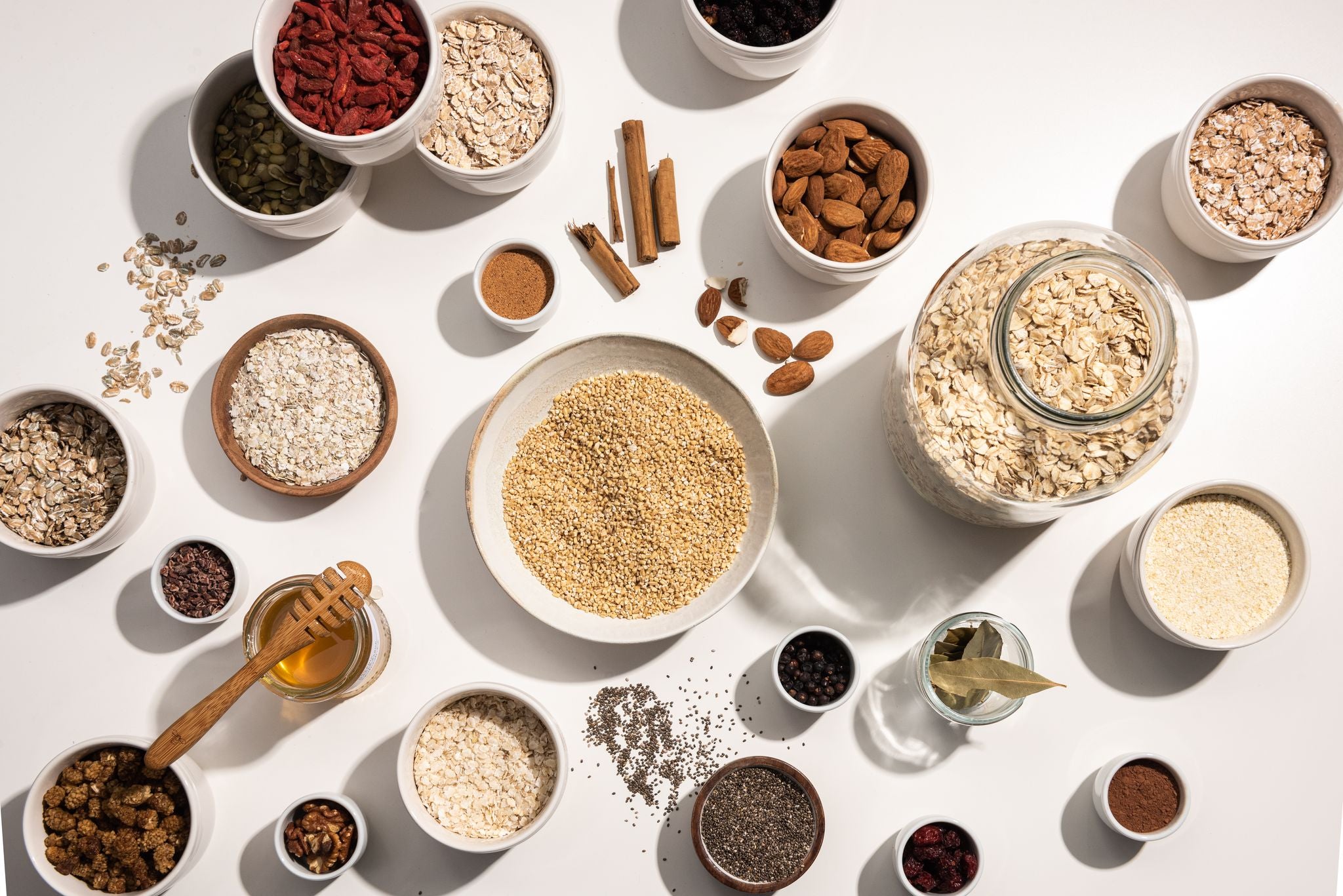
Upgrade Your Porridge Game!
Porridge – the true breakfast of champions. Nothing gives you that hearty get up ‘n’ go quite like a good old-fashioned bowl of porridge in the morning. But no one wants to eat the same plain grains seven days a week, you’ll want to switch it up from time to time and liven up your breakfast by adding a twist or two. Well, here it is, your key to unlocking the ultimate bowl of porridge – the Forrist guide to upgrading your porridge game.

Grains
Many people think oatmeal and porridge mean the same thing, and they sort of do. Oatmeal is a type of porridge made of, no surprises, oats! But you can make porridge with all kinds of starchy grains – all you’ve got to do is cook it with water or milk.
Oats, the old reliable, make for a classic bowl of porridge, and are stocked up with vitamins, minerals and low-glycemic carbs. They are high in fiber, low in fat, they can keep you feeling fed and nourish your body so that you’re ready for a hard day’s work. Rolled oats work just fine – they are quick and easy to prepare in the morning and have all the nutrition you need for the day ahead. However, if you’re really serious about your porridge and you have the time in the morning, you can opt to make your porridge with steel-cut oats, or Irish Oatmeal. These will take longer to cook, but they are worth the wait, as for spending those extra minutes at the stove, you’ll be rewarded with a more full-bodied taste and an indulgent creamy texture, with more opportunity to upgrade and play with the flavours as your porridge cooks.
However, to keep things fresh and introduce a mix-up of different flavours, textures and nutritional benefits to your rise ’n’ shine routine, why not try swapping out your regular oats for something new:

Buckwheat
Despite the name, buckwheat is actually a fruit rather than a wheat, and is a complete plant protein, meaning it possesses all nine essential amino acids, providing you with all the wholesome plant-based protein you need in the morning. This protein is great for muscle growth too, so if it’s gains your looking for, buckwheat porridge makes a great post-morning workout breakfast. Additionally, it’s great for the digestive system, cleaning out and strengthening the intestines, and it contains a glycoside named rutin, which reduces blood pressure and blood sugar. In terms of taste, it will imbue your porridge with a bolder, nuttier flavour.

Quinoa
Quinoa is sometimes referred to as ‘the mother grain’, although technically is not a grain, but rather the seeds yielded from grain crops. What really makes it the mother of all grains, is its versatility. Depending on how you prepare you quinoa porridge, you can have a chunkier, more traditionally ‘oatmeal’ texture and taste, or it can be cooked until creamy and fluffy for a more delicate texture that compliments its mild yet earthy flavour. Its health benefits are even more so abundant. It is yet another complete plant protein, in fact it is one of the world’s most protein-rich foods, even better for anyone looking to build and tone their bodies, supporting muscle development and aiding in weight loss by keeping you feeling full for longer. It also has nearly double the fiber content of most other grains, great for reducing cholesterol, glucose and high blood pressure, and greatly beneficial to the digestive system. And it doesn’t stop there, quinoa is high in iron, magnesium, lysine – the list goes on! All-in-all this super crop makes an amazing base for your bowl of porridge and is packed full of health benefits.

Spelt
Also known as dinkel wheat, this ancient grain is a great choice to make if you’ve got a bit of a sweet tooth, as it’s known for its delightfully sweet, nutty flavour and chewy texture. It’s also packed with healthy active ingredients and has a high water content making it easily digestible, perfect for those who are up’n’attem from the moment the alarm clock goes off. It is also super high in fiber, as well as silicic acid, which contributes to healthy hair, nails, and skin. Spelt is a nutrient-dense way to enjoy a more naturally sweet bowl of porridge for breakfast.

Rice
Popular in Asia, rice porridge, otherwise known as congee, jook or zhou in different places around the continent, has also been coined ‘healing porridge’ for its many health benefits. However, you’ll receive much less of these benefits with white rice, and it has a far blander taste. If you are opting for rice porridge, brown rice is the way too go. Brown rice porridge has an earthy woodiness to it, which many compare to the taste of fresh brown bread. According to the USA Rice Federation, it contains zero levels of cholesterol or trans-fat and only trace elements of fat and sodium, and is packed with anti-oxidants. Brown rice is also densely rich in a relatively under-recognised mineral called manganese, which plays a key part in supporting countless important bodily functions, from monitoring the nervous system and bone development to regulating blood sugar levels and metabolism. A single cup of brown rice, the perfect size for a hearty serving of porridge, is all you need to receive the required amounts of this mineral in a day.

Amaranth
Amaranth is sort of like quinoa’s lesser-known sibling. Like quinoa, it is in fact a pseudo-grain, as it is actually a seed harvested from the amaranth plant. It is just as robust and versatile, easily grown in all sorts of hard conditions, which is where it got its name – deriving from the Greek “everlasting” or “one that does not wither”, meaning this food source is highly sustainable. It possesses a subtle flavour which is neither savoury nor sweet, sharing a taste and texture very similar to traditional oatmeal. Amaranth’s nutritional value is unique, as it is packed with beneficial contents uncommon amongst most grains, such as vitamin c, as well as nearly three times as much calcium as other grains. It is also another complete plant protein - in fact, about 13-14% of Amaranth is protein, which is far more than your average grain. Overall, this little hidden treasure is an absolute nutritional powerhouse.

Barley
A much more universally known grain, barley is a common ingredient in bread, soups, stews, and, of course, beer. It is more commonly consumed in the morning time as a component of many breakfast cereals, but what many don’t know is that it actually makes for great porridge! Barley porridge has a subtle, malty flavour with a slightly chewy texture, again, not dissimilar to oatmeal. Its nutritional content is also similar, but barley outshines oatmeal on a couple of counts. Firstly, barley has lower levels of fat and calories, and a much higher concentration of dietary fiber. Additionally, barley has almost double the protein content that oats have.

Rye
Closely related to barley is rye, which is widely regarded as one of the healthiest grains you can eat. Even amongst this fine selection of nutritive powerhouses, rye still stands out for its nutritional content. This grain is super high in fiber, manganese, iron, phosphorus, copper, and magnesium. It is also slow-burning, taking it’s time to digest, leaving you feeling full and nourished for longer. And when whipped into a hot bowl of porridge, it has a sweet, nutty taste, as-well as that distinctive rye flavour that many have come to love. If you are looking for the all-round healthiest breakfast option, rye just might be the choice for you.

Millet
You may think millet is for the birds, literally. But millet can make a satisfying meal for you just as much as it can for yournan’s pet budgie. Millet is a super grain, and is high in the world rankings of the most important grains. It is a staple for over a third of the world’s population, used frequently in many African, Asian and Eastern European cuisines. And rightly so, as this grain is loaded with calcium, iron, potassium, magnesium, vitamin B, and healthy fats. Incorporating millet into your diet is great for the heart and digestion. In comparison to the other grains listed here, millet is on the sweeter side of the spectrum, although milder than spelt, with a pleasant hint of corn. And if you’ve got a little millet leftover whilst you’re cooking your porridge, why not set some outside, and perhaps you’ll have some feathered friends join you for breakfast.

Flavours
Once you’ve chosen which grain you want to be the base of your porridge, it is time to add your own personalised magic touch, and liven up your bowl with some more ingredients and flavours. This isn’t necessary of course, your porridge will be just fine on its own, but it’s a lot more fun!
The options really are limitless, and you can mix and match whatever ingredients you want with whichever base you choose, blending the benefits and flavours to your preference. If you want the healthy benefits of amaranth, but find it too bland, and prefer a sweeter taste, add some sugars, syrups or fruit to your bowl. Perhaps you like the taste and nutritional content of spelt, but aren’t a fan of its chewier texture, add some sliced apple or walnuts to give your porridge more of a bite or crunch. Keep experimenting and find which combinations are your favourite!
A lot of people like to sweeten their porridge, it’s a great pick me up to start your day with, and also a good way to get children who may not be too hot on the idea of idea of porridge for breakfast eating something healthy in the morning. A drizzle of syrup or honey is a classic way to turn your porridge into an indulgently sugary treat, giving it a rich, treacly texture and a taste that will put a smile on anyone’s face. Another great tip is sprinkling a generous amount of palm sugar on top of your porridge while it is still hot so that it caramelises, sort of like a crème brulee, adding a twinkling layer of sweet, butterscotchy goodness on top of your breakfast. Alternatively, stir a small dusting of cocoa into your porridge as you mix it in your pan, and watch it morph into an irresistibly chocolatey treat, even better when you add some freshly grated orange zest.
Admittedly though, these aren’t the healthiest options, and so if your craving some sweetness but still want to keep your brekky as healthy as possible, you’ll want to call on natures natural sweetener – fruit! Dried fruits like sultanas or cranberries are easily sprinkled into your bowl for a shot of flavour and texture, but fresh berries or cherries are arguably even better, as their juices melt into your steaming hot porridge and dye your breakfast with their enticing colours. Stewing berries is the best way to draw the most flavour out of them, simply heat up some blackberries, blueberries or whatever colour berries for a minute and squish the juices out. That’s all it takes! Perhaps add a sprinkle of sugar if your fruit isn’t its most fresh or it might taste a little sour. Larger chunks of fruit can also add new texture dimensions to your porridge. Chunks of apple will add a refreshing bite to your creamy porridge, whilst some sliced banana will give it a soft, sweet chew.
Nuts and seeds are also great for texture, providing a satisfying crunch as well some bold flavours. Walnuts, hazelnuts, pecans and almonds are delicious when crushed up and sprinkled into, or on top, of your porridge, or kept whole for maximum crunch. Some seeds will also up the nutritional value of your porridge – poppyseeds are rich in fiber and antioxidants, flax seeds are high in omega-3 fats, and chia seeds are good for just about everything! It all goes to show that adding ingredients like seeds, nuts and fruits can add not just additional flavour, but also additional nutrition to your breakfast. And finally, a sprinkle of spice, such as cinnamon, cardamom or nutmeg, is always a great final touch to elevate your porridge, giving it more warmth, aroma and depth of flavour.
This is truly just the tip of the porridge iceberg - there are so many ways to enjoy this nourishing, wholesome breakfast food. So get stuck in! Find your style and share your bright ideas with us @forrist on Instagram – we want to see want to see what your porridge game is like!



